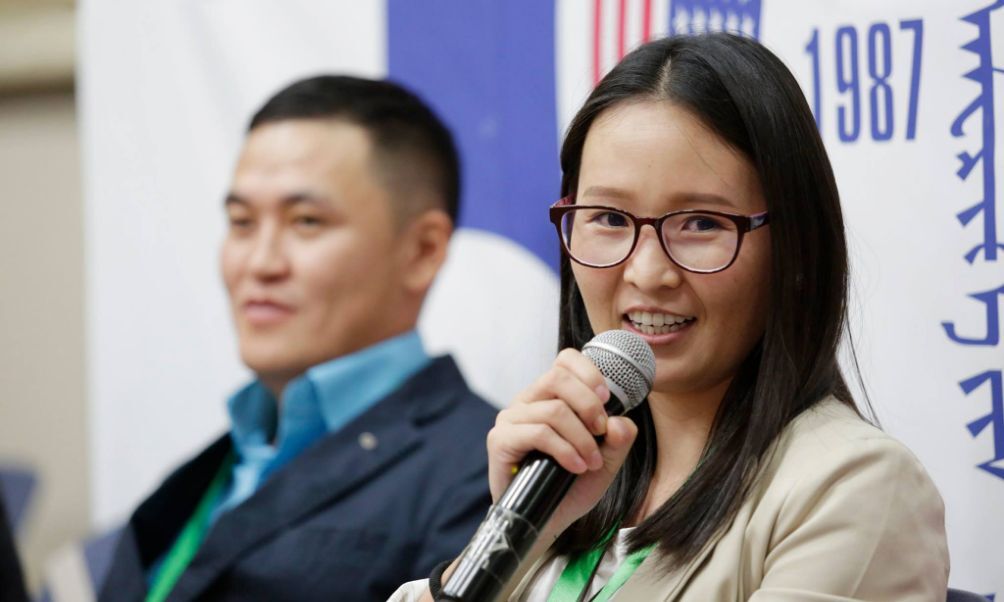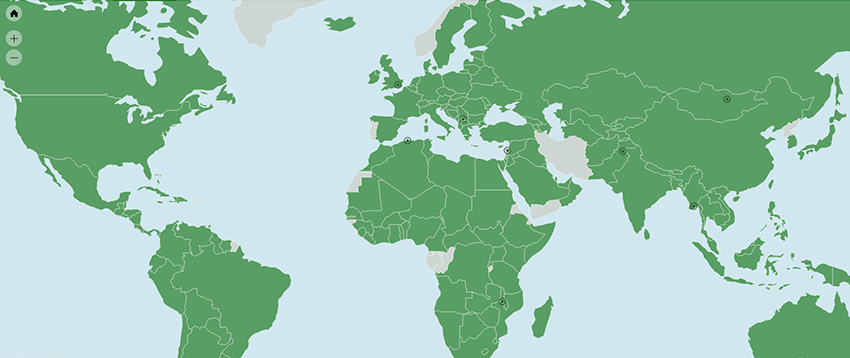-
What We Do
- WHERE WE WORK
-
About Us
 Welcome Message from Carol Jenkins, CEO
Welcome Message from Carol Jenkins, CEOWorld Learning believes that the best hope for peace, justice, and sustainability lies in bringing people together. Through cultural immersion, experiential learning, and information sharing, our programs equip others to collaboratively address the most pressing issues of our time.
Throughout my years at World Learning, I have had the fortunate opportunity to meet with many of our participants, partners, and alumni—a global network of learners. Our programs help them understand other cultures, master new skills, and cultivate networks. Our teaching and training methodologies empower them to find locally relevant, sustainable, and implementable solutions. Our approaches emphasize flexibility and adaptability that help them tackle real-world problems. They, in turn, make extraordinary changes in their lives and communities.
Please join us—and those we work with and serve around the world—in our pursuit to create a brighter and better future for all.
Carol Jenkins | CEO, World Learning
Allen Cutler | Chair, Board of Trustees - Get Involved
Media Center > Story
World Learning’s educational videos aim to boost learning outcomes
June 8, 2023
By Eric House

In the field of education today, educational videos are increasingly being produced to help better teach content and achieve learning outcomes. This multimedia format allows learners to absorb new information in different ways, enabling a more inclusive learning experience.
World Learning has been conducting online teacher training for TESOL educators for more than a decade. Over the years, these online teacher training courses and webinars have produced thousands of TESOL graduates from more than 120 countries. And key to World Learning’s approach to online education includes educational videos. More than 140 videos for teacher training are available for streaming on World Learning’s teacher training YouTube channel, which has more than 6,200 subscribers.
The videos range in length, format, and content and offer a plethora of benefits to online learners to meet varying needs and levels. Each video also applies World Learning’s best practices for online learning, such as scaffolding all content, keeping content relevant and real, and fostering reflective practice.
“There are many advantages to educational videos versus presenting material in text only,” said Dr. Kara McBride, senior technical education specialist at World Learning. “Research shows that students are better able to retain information when it is presented in multiple forms. The printed word is only one way in which a learner can process information, but videos can include spoken word and images in addition to written text. All of this can enhance the learning experience.”
Videos can also allow students to see an instructor’s facial expressions, body language, and tone of voice. This provides a significant amount of extra information and context that helps to better facilitate comprehension.
In addition, illustrations and demonstration clips can be added to an educational video, as well as animation. The strategic use of animation allows the video to be used in a broad range of cultural contexts and with students who have varying degrees of language proficiency, providing an extra layer of inclusivity to the online learning environment.
The printed word is only one way in which a learner can process information, but videos can include spoken word and images in addition to written text. All of this can enhance the learning experience.
World Learning’s educational videos are accompanied by transcripts and offer options for closed captioning for greater accessibility. This is in line with Universal Design for Learning, which is currently the framework most widely used to remove barriers to learners accessing information and participating in educational activities.
World Learning’s teacher training YouTube channel contains playlists such as “Climate Action and Environmental Literacy,” “Integrating Critical Thinking into the Exploration of Culture,” “Global STEM Network,” and “Content-Based Instruction,” which trains how to teach subject matter in a language that students are not yet fully fluent in. Some videos are reaching a wide global audience, such as “Elements of a Good Lesson Plan,” which has gotten more than 137,000 views.
World Learning regularly adds videos to the channel on an ongoing basis—always aiming to create a more inclusive learning environment for all.


